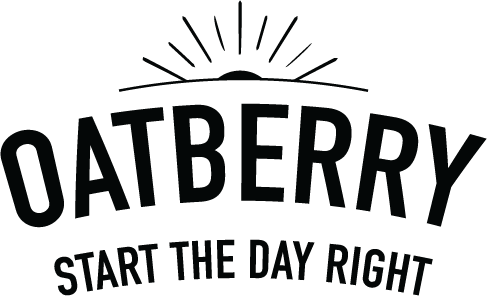
Gluten free diet
Share

Gluten is found in grains such as wheat, barley, rye, and a cross between wheat and rye called triticale.
A gluten-free diet is essential for managing signs and symptoms of celiac disease and other medical conditions associated with gluten. A gluten-free diet seems to be trending among people without gluten-related medical conditions. The claimed benefits of the diet are improved health, weight loss and increased energy.
Most clinical studies regarding gluten-free diets have been conducted with people who have celiac disease. Therefore, there is little clinical evidence about the health benefits of a gluten-free diet in the general population.
Removing gluten from your diet likely changes your overall intake of fiber, vitamins and other nutrients. Therefore, regardless of your reasons for following a gluten-free diet, it's important to know how it can affect your overall nutritional needs.
Diet details
Following a gluten-free diet requires paying careful attention to both the ingredients of foods and their nutritional content.
Allowed fresh foods
Many naturally gluten-free foods can be a part of a healthy diet:
- Fruits and vegetables
- Beans, seeds and nuts in their natural, unprocessed forms
- Eggs
- Lean, nonprocessed meats, fish and poultry
- Most low-fat dairy products
Grains, starches or flours that you can include in a gluten-free diet include:
- Amaranth
- Arrowroot
- Buckwheat
- Corn and cornmeal
- Flax
- Gluten-free flours (rice, soy, corn, potato, bean)
- Hominy (corn)
- Millet
- Quinoa
- Rice
- Sorghum
- Soy
- Tapioca (cassava root)
- Teff
Grains not allowed
Avoid all foods and drinks containing the following:
- Wheat
- Barley
- Rye
- Triticale (a cross between wheat and rye)
- Oats (in some cases)
While oats are naturally gluten-free, they may be contaminated during production with wheat, barley or rye. Oats and oat products labeled gluten-free have not been cross-contaminated. Some people with celiac disease, however, cannot tolerate the gluten-free labeled oats.
Wheat terms to know
There are different varieties of wheat, all of which contain wheat gluten:
- Durum
- Einkorn
- Emmer
- Kamut
- Spelt
Wheat flours have different names based on how the wheat is milled or the flour is processed. All of the following flours have gluten:
- Enriched flour with added vitamins and minerals
- Farina, milled wheat usually used in hot cereals
- Graham flour, a course whole-wheat flour
- Self-rising flour, also called phosphate flour
- Semolina, the part of milled wheat used in pasta and couscous
